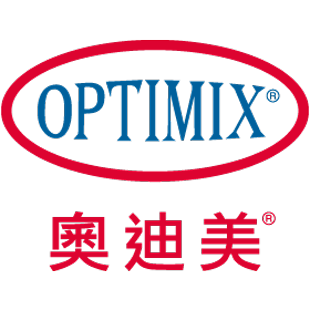
When people choose tiling systems for their new or refurbished space, they often pay most attention to tiles of different patterns, textures and natures, as tiles are visually very critical to the overall aesthetic design of the designated areas. Nevertheless, the joints supporting the tiles installed are not to be neglected as they could influence the service life of your tiles, as well as reduce the risk of detachment, and this article aims to give you some insights on the importance of grouting of tiles.
.jpg)

To speak from a technical perspective, tiles’ installing issues are commonly found to bother the majority of end-users. There are numerous uncontrollable or other factors such as weather, ambience, quality of files and workmanship that could adversely affect tile installation, causing detachment, debonding or cracking of tiles or uneven finish, the quality of living in such space will undoubtedly be lowered and the cost to give the wall or floor a makeover will be another price to pay. Thankfully, a well carried out grouting of joints can help alleviating these problems and reduce the chances of all these risks, eventually extending the service life of various kinds of tiles, whether it is your precious or favorite.
First off, we need to understand how joints work. What joints can do is to keep the tiled surface condition and appearance consistent, meaning the form of the tile system will be more flexible and therefore when it experiences some heavy and light loading or impact, or climate changes causing the system to shrink or expand, joints would be there to cushion the dimensional stresses formed in such situations, extending the service life of tiles.
.jpg)
.jpg)
You could imagine an area of tiles with no joints at all as a single large tile with extremely rigid surface, potentially more prone to break or come off from the substrate than a well-tiled surface with appropriate joints, because of the dimensional instability in the substrate from hygrometric shrinkage or thermal expansion/contraction.
Joints are essential to protect the completeness and working life of tiles by supporting them from being affected by the above factors and reducing the risks of failure a bonding tile may face.
With a wide range of color and texture selections, OPTIMIX TG410E Tile Grout (High Performance) can also enhance the visual aesthetics and to match with most common joint widths, depths and architectural preferences.
OPTIMIX TG410E is a decorative high-quality polymer modified cementitious mortar for tile grouting and joint filling. The product is strong, hard wearing and waterproof complying with European Standard – EN 13888 CG2 WA. OPTIMIX TG410E is easy to mix and apply with a good pot life and open time yet quick to dry and easy to clean. This allows for consistent finishing with speedy application and finishing over large areas with minimal to zero mould growth.
This product is also available as an ‘S’ grade with enhanced efflorescence resistance, eliminating the white powdered film formed on architectures that jeopardizes the overall appearance of building.
Supplied in 25kg per bag for site work or 2kg per bag for domestic use or touch-ups, each bag is Optimix’s promise of quality and performance to our customers.
.png)
